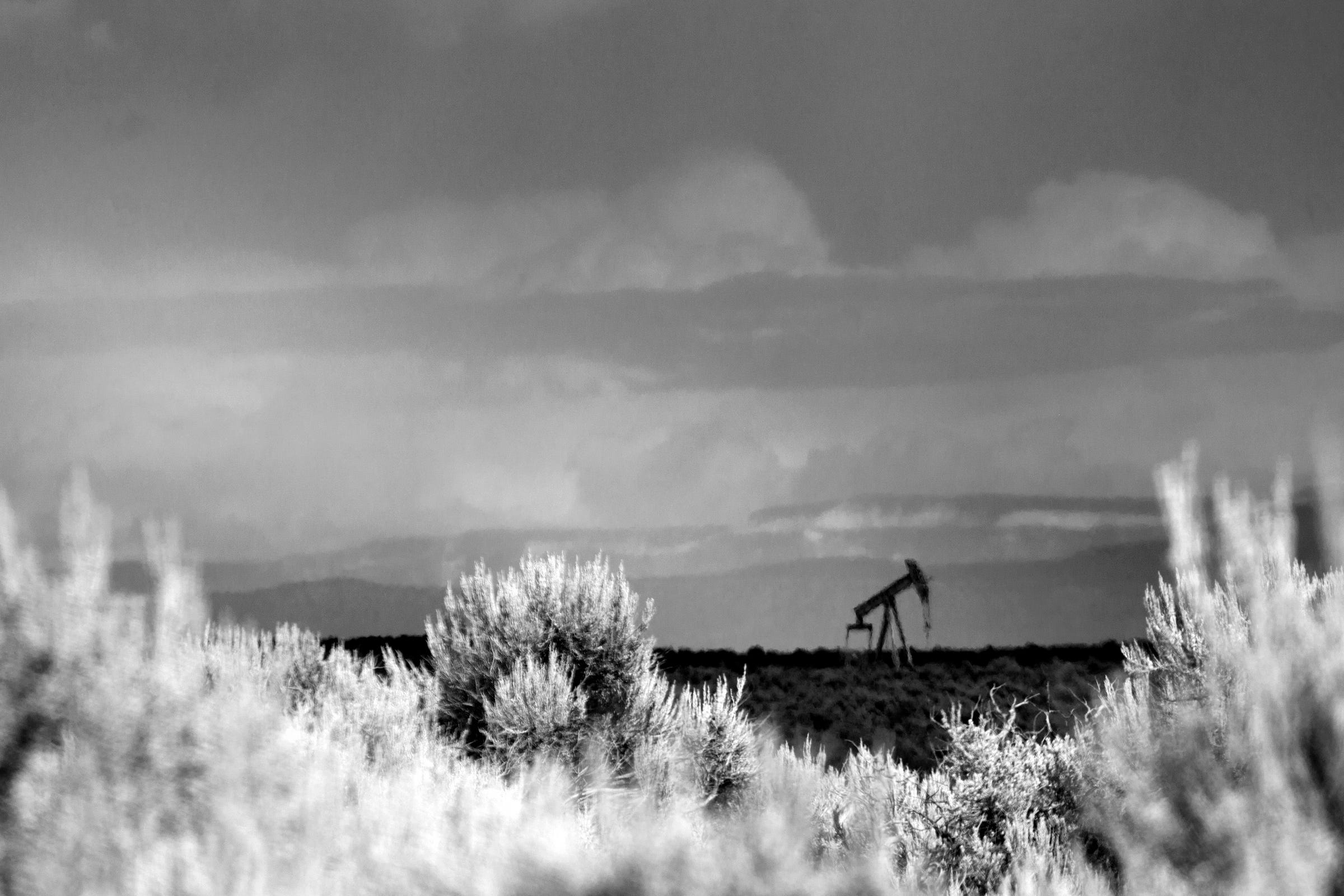On DOGE and Keystone XL and lost jobs
🤯 Crazytown Chronicle 🤡
The last thing I want to do is devote every dispatch to the madness and inanity flooding out of the White House. Seriously. Nevertheless, today I feel the need to devote some words to responding to Land Desk reader and frequent commenter Dennis Pierce’s comment on Tuesday’s dispatch, which read:
You forgot to count the job losses…



